Vitamin A is essential for overall health and well-being. Because the human body cannot make it, people must obtain this vitamin from their diet.
Vitamin A is an essential nutrient that plays a role in many bodily processes, including:
- immune function
- reproduction
- skin health
- the function of the lining of the gut, bladder, and other surface tissues
- healthy vision
- growth and development
In this article, we describe 14 of the best sources of vitamin A and the recommended daily intake.
Each of these foods contains at least 15 percent of the daily value (DV) in a standard serving.
The DV allows people to easily compare the nutrient contents of different foods. It is a percentage based on the recommended daily intakes of key nutrients from the United States Food and Drug Administration (FDA).
1. Beef liver

Animal livers are among the richest sources of vitamin A. This is because, like humans, animals store vitamin A in the liver.
A 3-ounce (oz) serving of pan-fried beef liver contains 6,582 micrograms (mcg) of vitamin A, which equates to 444 percent of the DV.
As an organ meat, liver is high in protein. It also contains many other nutrients, including copper and vitamins B-2 and B-12. In addition, liver is a good source of iron, folate, and choline.
Lamb liver and liver sausage are other rich sources of vitamin A.
2. Cod liver oil
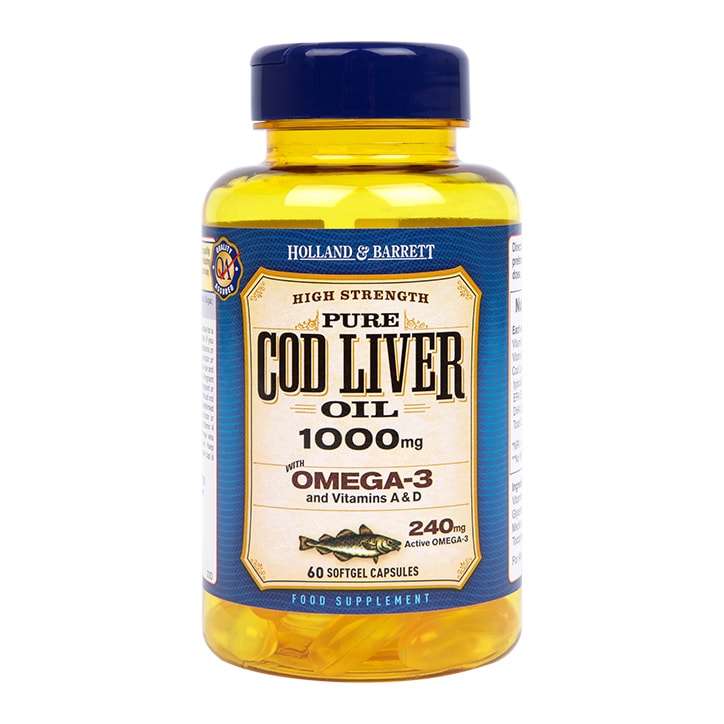
Fish livers are also excellent sources of preformed vitamin A, with 1 tablespoon of cod liver oil providing 4,080 mcg, or 272 percent of the DV.
This and other fish oils are among the richest sources of omega-3 fatty acids, which help fight inflammation, protect the heart, and may treat or prevent depression.
Cod liver oil is also an excellent source of vitamin D, with 1 tablespoon containing 340 percent of the DV.
According to the Office of Dietary Supplements, vitamin D boosts immunity and plays a role in bone health. It may also protect against depression.
3. Sweet potato
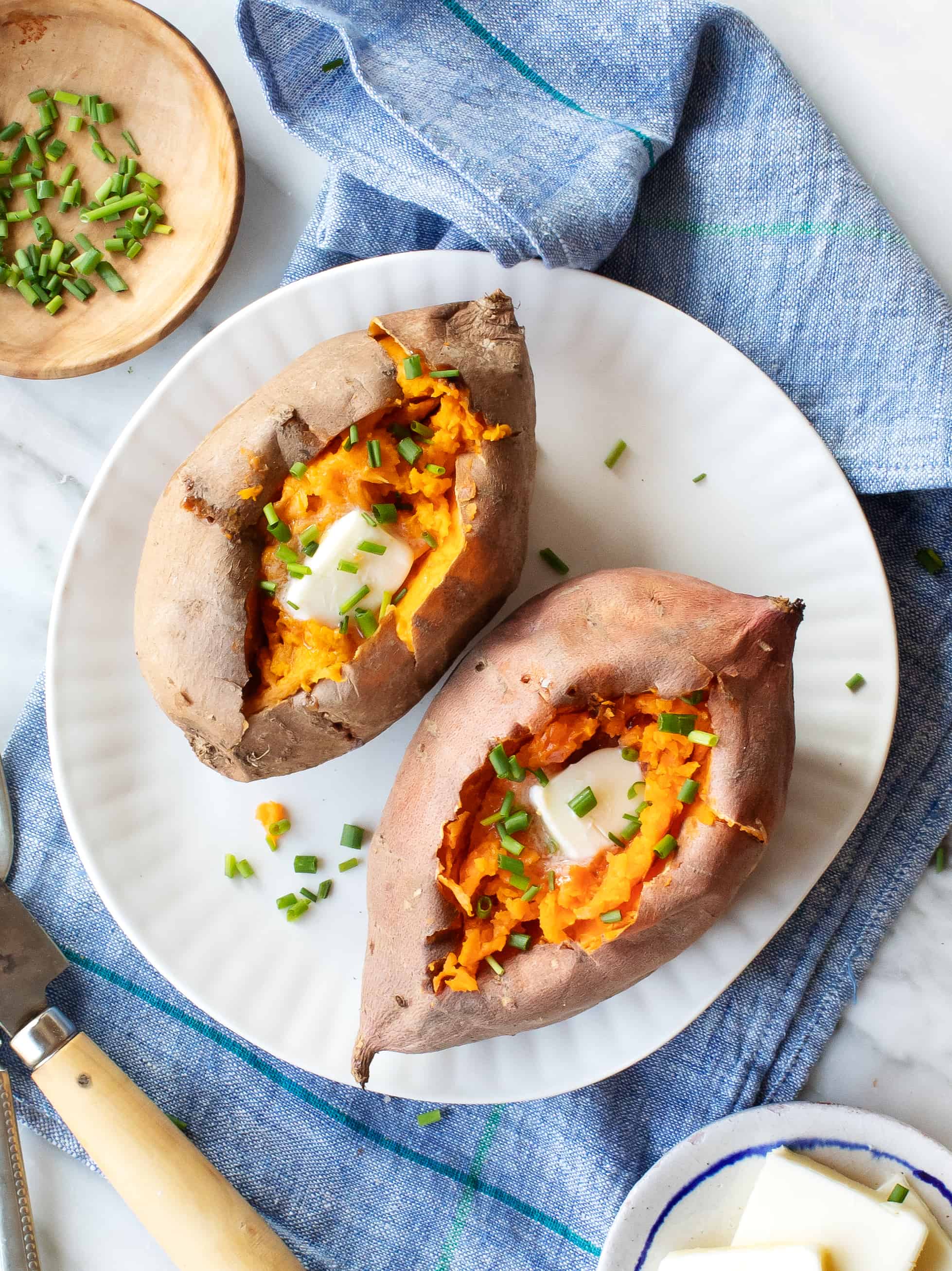
One whole sweet potato, baked in its skin, provides 1,403 mcg of vitamin A, which is 561 percent of the DV.
The vitamin A present in this root vegetable is in the form of beta carotene, which some research suggests may protect against prostate cancer and colon cancer.
Sweet potatoes are also low in calories and free from fat. They are good sources of vitamin B-6, vitamin C, and potassium. High in fiber, and with a low glycemic index, they may help control blood sugar levels.
Enjoy baked sweet potatoes in the skin with a salad and a source of protein, such as salmon or tofu.ADVERTISING
4. Carrots
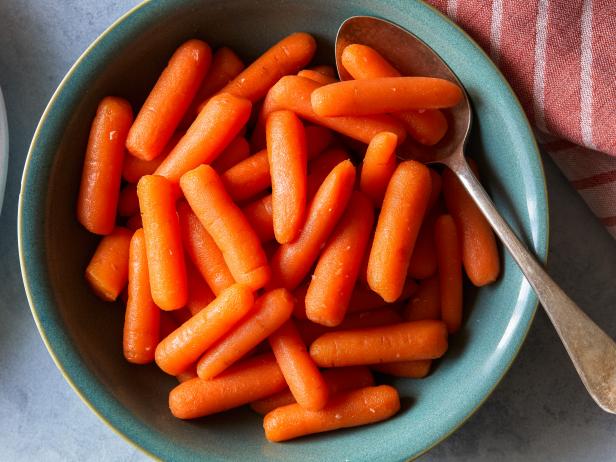
Carrots are rich in beta carotene, and half a cup of raw carrots contains 459 mcg of vitamin A and 184 percent of the DV.
At just 26 calories per portion, carrots make for a light and healthful snack, especially when served alongside hummus or guacamole.
Carrots are also rich in dietary fiber, which can help prevent constipation and promote better gut health.
5. Black-eyed peas
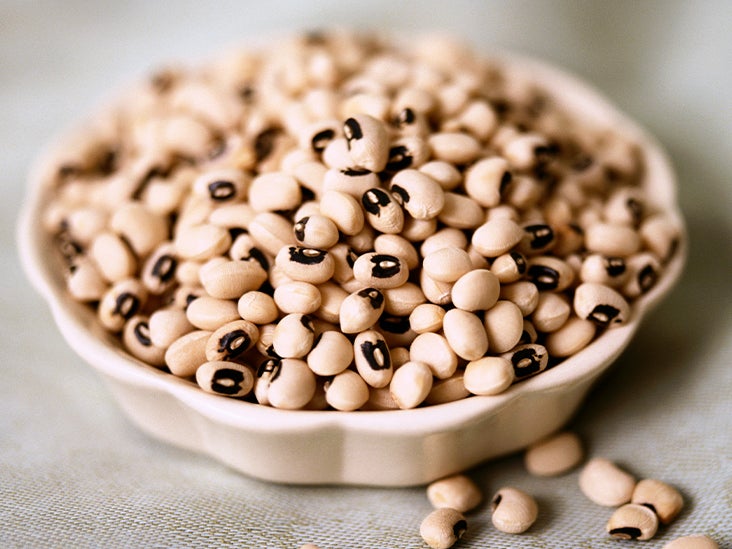
Beans are an excellent source of plant-based protein and they are also rich in fiber. Each cup of boiled black-eyed peas contains 66 mcg of vitamin A and 26 percent of the DV.
Black-eyed peas are also a good source of iron. Many studies support the role of various types of beans in reducing the risk of heart disease, as well as conditions such as high blood pressure, stroke, and type 2 diabetes.
Black-eyed peas are a versatile ingredient. Use them in salads, soups, and stews.
6. Spinach

Like other leafy green vegetables, spinach contains a wealth of nutrients. Each half-cup of boiled spinach provides 573 mcg of vitamin A, which is 229 percent of the DV.
This serving also provides 17 percent of the DV for iron and 20 percent of the DV for magnesium. Magnesium plays a role in over 300 processes in the human body.
Some research indicates that spinach can lower blood pressure and improve heart health.
Sautéed spinach makes a tasty side dish, and spinach also works well in pasta dishes and soups.
7. Broccoli
/sauteed-broccoli-482862-Hero-5b96d87146e0fb0050721d12.jpg)
Broccoli is another healthful source of vitamin A, with a half-cup providing 60 mcg, which is 24 percent of a person’s DV. A serving of broccoli contains just 27 calories and is also an excellent source of vitamins C and K.
Vitamin K is essential for bone metabolism and blood clotting, while vitamin C enhances immune function and has antioxidant and anti-inflammatory properties.
Eating cruciferous vegetables, such as broccoli, may also reduce a person’s risk of developing some cancers, due to the presence of a substance called sulforaphane.
People can roast, steam, or fry broccoli, enjoy it in soups, or add it to salads.
8. Sweet red pepper

A half-cup of raw sweet red bell pepper provides a 117 mcg of vitamin A, which is 47 percent of the DV. This serving only contains 19 calories and is rich in vitamin C, vitamin B-6, and folate.
Bell peppers are a great source of antioxidants, such as capsanthin. They also contain quercetin, which has anti-inflammatory and antihistamine properties.
Try scrambling bell peppers with eggs, eating them in sandwiches, or serving sliced peppers alongside a healthful dip.
9. Mango

A whole, raw mango contains 112 mcg of vitamin A, or 45 percent of the DV.
Mangos are rich in antioxidants and dietary fiber, which can contribute to better gut function and blood sugar control.
This fruit is delicious on its own, but it works equally well in a tropical fruit salad or mango salsa.
10. Cantaloupe melon

A half-cup of this summer melon provides 135 mcg of vitamin A, which is 54 percent of the DV.
Cantaloupe is a great source of the antioxidant vitamin C, which boosts immune function and protects against several diseases.
Eat fresh cantaloupe on its own, with other fruit, or in a smoothie.
11. Dried apricots

For a sweet treat that is rich in vitamin A, snack on dried apricots. Just 10 halves contain 63 mcg of vitamin A, which is 25 percent of the DV. Dried fruits are also high in fiber and antioxidants.
However, dried apricots also contain a lot of sugar and calories, so it is important to consume them in moderation.MEDICAL NEWS TODAY NEWSLETTERStay in the know. Get our free daily newsletter
Expect in-depth, science-backed toplines of our best stories every day. Tap in and keep your curiosity satisfied.Enter your emailSIGN UP NOW
Your privacy is important to us
12. Pumpkin pie

Pumpkin pie is another treat rich in vitamin A, with one piece containing 488 mcg and 249 percent of the DV. This is because, like other orange vegetables, pumpkin is rich in beta carotene.
Pumpkins are also a good source of antioxidants, such as vitamin C, lutein, and zeaxanthin. Research indicates that high intakes of these substances can preserve vision and prevent common eye diseases.
However, pumpkin pie is less healthful than eating plain pumpkin, so enjoy it in moderation to avoid consuming too much sugar.
13. Tomato juice
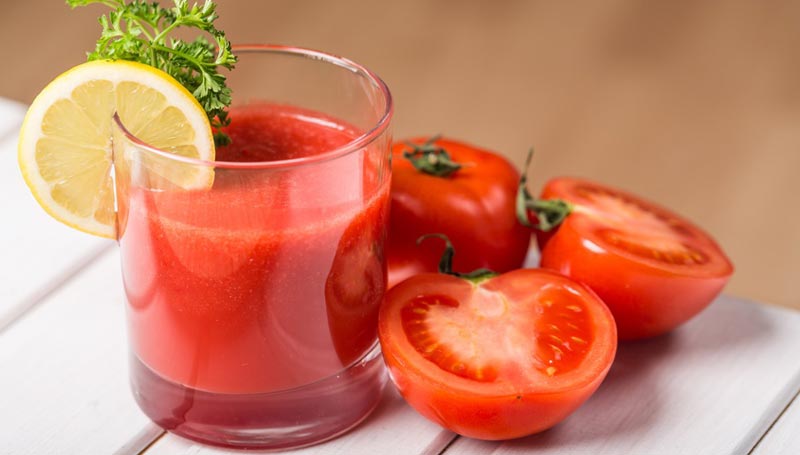
A three-quarter cup serving of tomato juice contains 42 mcg of vitamin A, which is 16 percent of the DV.
Tomatoes are also rich in vitamin C and lycopene, which are antioxidants.
Like pumpkins, tomatoes and tomato juice contain lutein and zeaxanthin, which may benefit eye health.
14. Herring

A 3-oz serving of pickled Atlantic herring provides 219 mcg of vitamin A, or 15 percent of a person’s DV. Herring is also a good source of protein and vitamin D.
As a fatty fish, herring is a great option for those who want to increase their omega-3 intake for heart and brain health.
In fact, the American Heart Association (AHA) recommend eating 2 servings of fatty fish each week.
Recommended intake of vitamin A
There are two main types of vitamin A:
- Preformed vitamin A: This comes in the form of retinol and is present in animal-based food sources, including meat, fish, poultry, and dairy products.
- Provitamin A: This comes in the form of carotenoids, mainly beta carotene. It is present in plant-based foods, such as fruits and vegetables.
To aid the absorption of vitamin A, a person needs to include some fat in their diet. It is also important not to overcook foods, as this reduces the vitamin A contents.
In the U.S., food labels currently list vitamin A contents in both international units (IUs) and mcg. From 2020 onward, labels will begin to display vitamin A in mcg values only.
Also, from this point, the FDA will no longer require companies to display vitamin A values on food labels, as deficiencies in this nutrient are rare. However, companies may continue to do so voluntarily.
The Office of Dietary Supplements list the recommended dietary allowances for vitamin A as follows:
| Demographic | Daily amount (mcg) |
| Males aged 14 years and older | 900 |
| Females aged 14 years and older | 700 |
| Pregnant teens aged 14-18 years | 750 |
| Pregnant women aged 19 years and older | 770 |
| Breastfeeding teens aged 14-18 years | 1,200 |
| Breastfeeding women aged 19 years and older | 1,300 |
Note that it is not possible to convert mcg values into IU without knowing if the food source contains preformed vitamin A or provitamin A.
To calculate the DV of vitamin A that a serving contains, a person needs to know the IU amount and the type of vitamin A that the food contains.
For vitamin A:
- the recommended DV is 5,000 IU for adults and children aged 4 years and older
- 1 IU = 0.3 mcg for preformed vitamin A
- 1 IU = 0.05 mcg for beta carotene from food
Summary
Many foods, both plant-based and from animals, contain good amounts of vitamin A.
Vitamin A deficiency is uncommon in the U.S., and most people do not need to worry too much about counting vitamin A values.
The best way to ensure an adequate nutrient intake is to eat a varied and balanced diet, full of fruits, vegetables, whole grains, healthful fats, and lean proteins.
